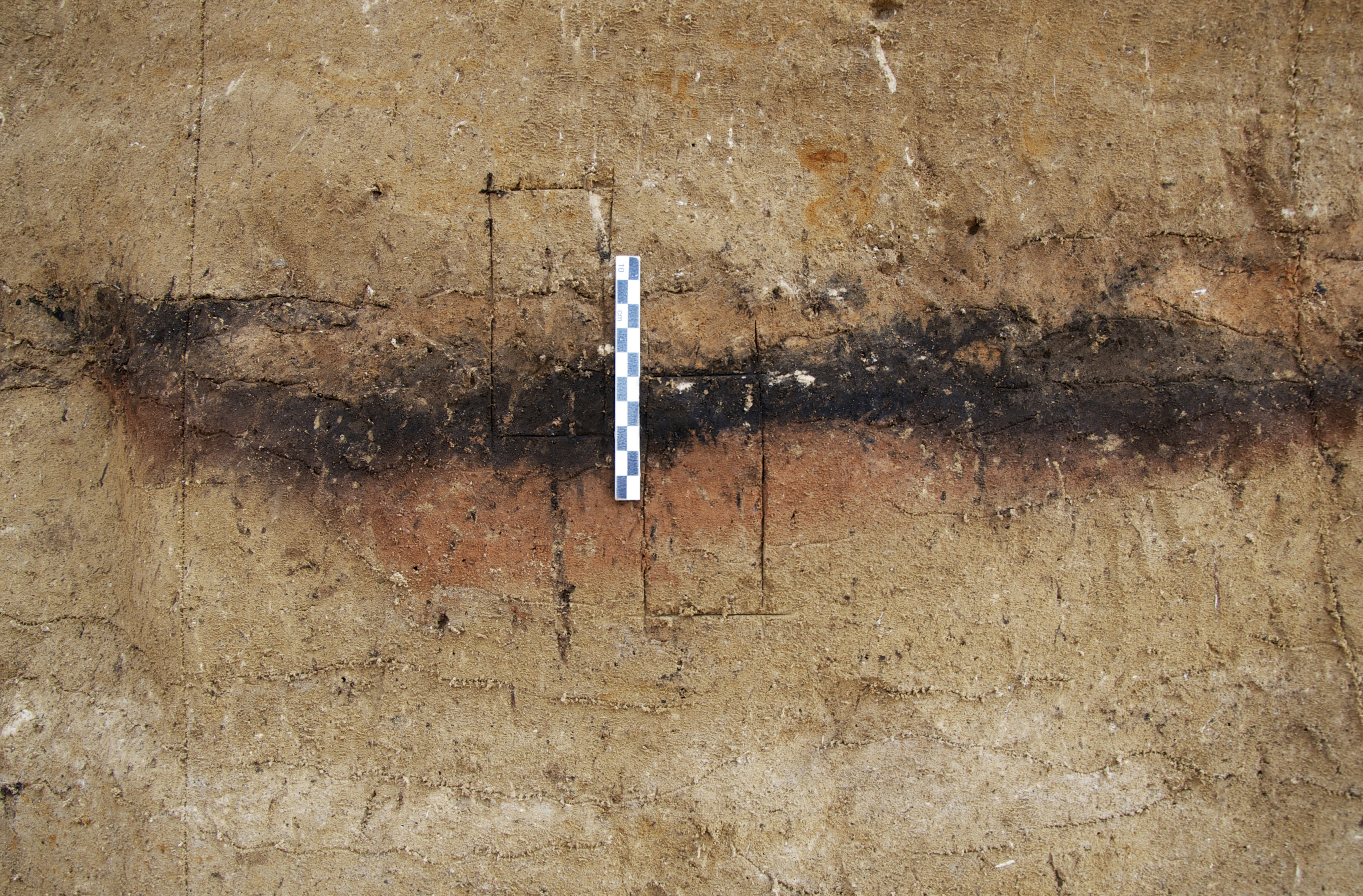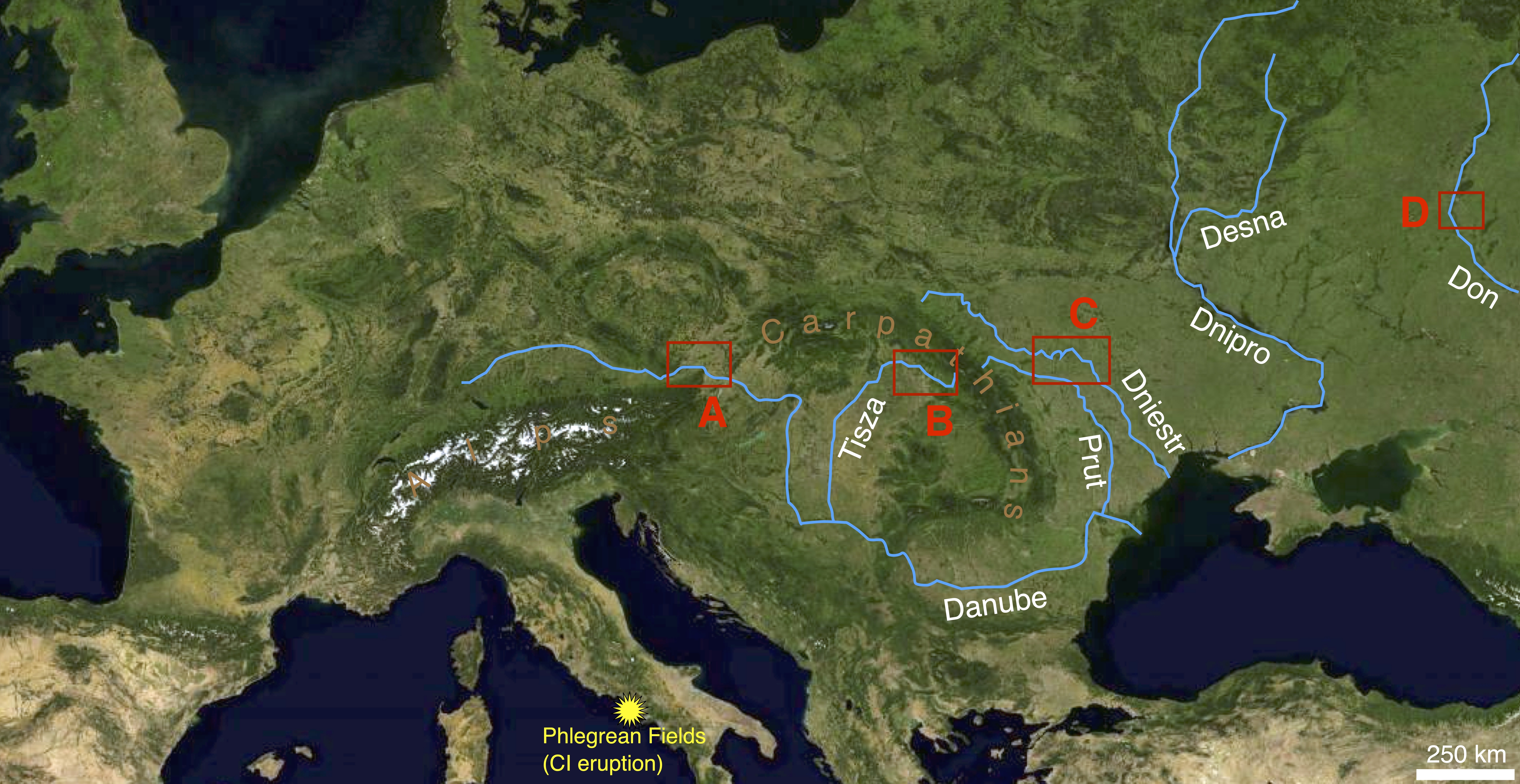Neanderthal and Modern Human Adaptations in Central and Eastern Europe

Modern human dispersals into Eurasia are one of the major issues in archaeological research. We know there have been several dispersals of modern humans into Eurasia, some more successful than others. Particularly interesting is that modern humans were extremely successful in dispersing around 70/60 kya from Africa into all parts of the planet. What behavioural adaptations contributed to their success? Are these adaptations unique to modern humans? What were the climatic conditions under which modern humans dispersed into Europe and Asia? To pursue these questions, this project follows a comparative hominin behavioural ecology approach to test models of the modern human colonization of Eurasia. It is focusing on modern human adaptations in their climatic context, but the key to understand their success is to compare their adaptive strategies with those of one of our extinct relatives, the Neanderthals. Imperative for the research strategy is the project’s time-depth. We are looking at Neanderthal behaviours prior to their contact (whether in or outside Europe) with modern humans, as well as modern human adaptations and responses to environmental change long after they replaced Neanderthals.
The project focuses on the generation of high-resolution data from four case-study areas in Central and Eastern Europe (Austria, Romania, Ukraine, and Russia, see map below) through field and laboratory work and tests theoretical models against these data. The project compares modern human and Neanderthal behavioural adaptations and reconstructs past climate and environment to assess the conditions under which Neanderthals and modern humans changed their behaviours. This project contributes to a better understanding of the chronostratigraphic and climatic context of modern human dispersal into Europe, and further reveal the behavioural underpinnings of the adaptive success that allowed our species to eventually colonize the globe at the expense of other hominin species, like the Neanderthals.

Map of Europe showing the four case study regions A, B, C, and D. A: Middle Danube region; B: Upper Tisza valley/Transcarpathian Ukraine; C: East Carpathian region: Middle Dniester valley & Middle Prut valley; D: Kostenki-Borshevo region.
In general, the goals of the project can be summarized as follows:
- Characterization of behaviour and adaptation of Neanderthals and modern humans between MIS 6 and MIS 2
- What were the behavioural and cultural adaptations of Neanderthals and modern humans against a climatic background? Did the two species differ in their adaptations? If so, in ways did their responses differ?
- What adaptations contributed to the success of modern humans dispersing into Europe? Were these adaptations unique to modern humans?
- Palaeoclimate and environmental reconstruction: What was the role of climate in the Neanderthal replacement and the dispersion of modern humans? How did Neanderthals adapt to the climatic changes between and within MIS 7, 6, 5 and 4?
- Building a chronostratigraphic framework for the archaeology at the studied sites, a prerequisite for comparisons of hominin behaviours and adaptations.
- Better understanding of site formation; formation of the deposits and potential reworking has to be addressed before patterns of hominin behaviour and adaptation can be compared between levels and sites.
